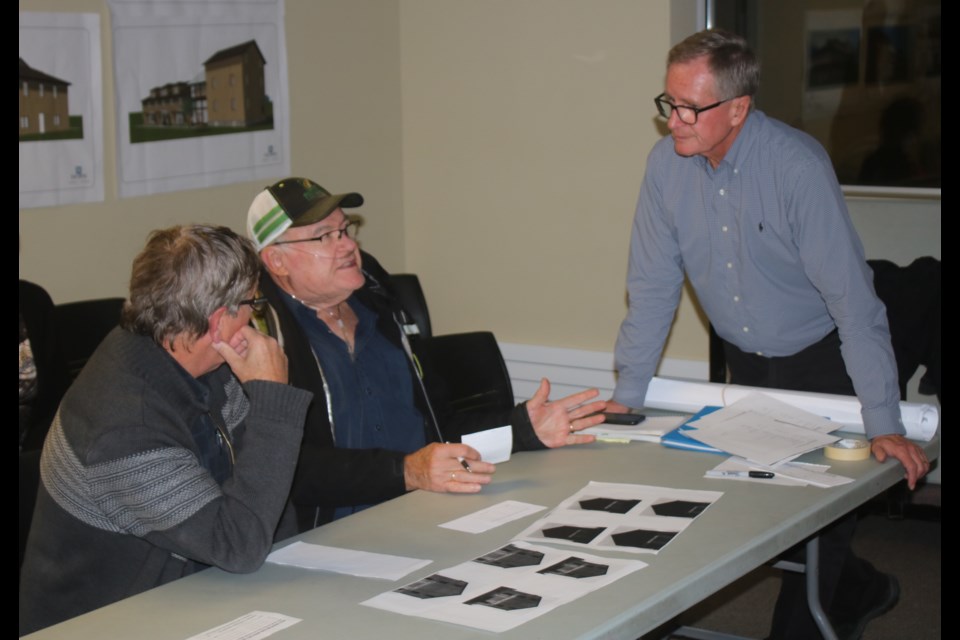A restored old brick mill in the city could become on economic driver.
That was the message those attending a presentation at the Yorkton Public Library heard from speaker Royce Pettyjohn whose presentation was entitled ‘Heritage Led Economic Drivers for Our Community’.
Pettyjohn has been involved with the decades-long effort to revitalize Maple Creek using the history of the community as a driver, including the revitalization of a number of heritage buildings.
One aspect of that economic development is tourism.
Tourists often become residents, added Pettyjohn, noting 69 per cent of residents in a community were born in a different community, and 30 per cent of those had initially visited the community as a tourist.
That means making sure tourists like what they see when they visit, and that means keeping buildings looking good, said Pettyjohn.
“They say don’t judge a book by its cover, but people do,” he said, adding it takes about 15-minutes for someone to have an opinion on a community once they are there.
One of the keys can be heritage buildings as they create a unique sense of place, said Pettyjohn.
“At one point in our history our communities were all very unique,” he said, adding that is not the case now. “... We’re getting to where every place looks like every other place.”
Having something unique today sets communities apart.
Pettyjohn said Destination Canada suggests tourists are looking for something that creates “a distinct sense of place.”
Pettyjohn said the old brick mill could be an element in Yorkton’s future economy too.
“To actually see the building in person ... I think it is quite iconic,” he said.
While there is a cost to revitalizing historic buildings, Pettyjohn said money is not a barrier.
“Money is out there, you’ve just got to find it,” he said.
That said, in revitalizing a building there needs to be a vision of how that building will generate enough revenue to keep it open. That means something such as a museum, while seeming a natural fit, is not the answer as museums don’t make money, offered Pettyjohn.
That is where partnerships become critical for a project, as they can become tenants, be it other groups, or businesses.
“Make historic buildings pay for themselves,” he said.
With a way to pay the bills, part of the building can be used by the community, often with a heritage aspect, said Pettyjohn.
“It needs to be a place for people and not just a place for things,” he said. “... People have to be able to spend time there. Create a sense of time and place. Don’t build something that is generic.”



